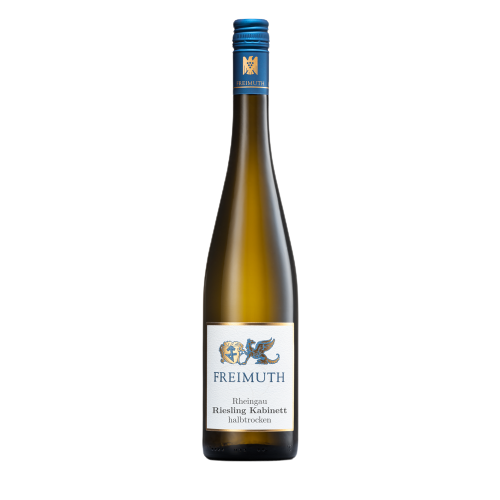Since always I dreamt of creating a wine that would celebrate the talents of Zweigelt. In my opinion, Zweigelt is a cool climate varietal, that should refresh and show and uncomplicated inspiring and unpretentious character.
With the vintage 2021, for the first time, we bring a wine that corresponds to this profile. The grapes origin from very old Zweigelt vineyards on the Spitzerberg, which we harvested rather early in order to avoid overmatured grapes. The whole bunches were softly smashed only by feet, and then fermented – with wild yeasts exclusively – between three and five days. After pressing, half of the wine went into stainless steel, half into old oak casks for finishing the fermentation. Already in january we did a tirage, but very soft, in order to keep the CO2. In March the wine was bottled unfiltered.
With its name Zweigelt Nouveau, the wine refers to his famous cousins in Beaujolais. It is an Austrian wine who talks with a french accent, and it promises a lot of joie de vivre. Production is 2.000 bottles.
Land: Østrig
Region: Carnuntum
Appellation: Spitzerberg
Druesort: Zweigelt
Alkohol: 12,0%
Vintype: Rødvin
Indhold: 75 cl.
Spitzerberg
One can perhaps picture the Spitzerberg as a reef, with the primeval ocean breaking upon its rocks for millions of years. Because of this, the Spitzerberg is covered with a thick layer of limestone, which comes from the ‘middle ages’ of geology. The sandy ground retains little in the way of water, and the mount – some 300 meters in elevation – always lies open to strong winds and high temperatures; there is no mistaking the expressive nature of grapes grown on the Spitzerberg. The extreme conditions yield marvelously aromatic wines with complexity and depth, finely woven filigreed texture and a refreshing framework of acidity.

The Spitzerberg is an approximately 5km-long & 300-metre-high limestone bar in easternmost Carnuntum. It is situated, extremely exposed to the wind, between the Alps (Leitha Range) and the Carpathians (Hainburg Hills). Thanks to the constantly breaking surf of the primeval sea that once covered the area, a thick layer of limestone was deposited on the hillside, which eroded over time to the size of grains of sand. Rainfall on the Spitzerberg amounts to only about 400mm per year, and the summer temperatures often reach 35–40°C. The sandy limestone soil can only store precious little water. This leads to very low yields at harvest, a maximum of 3000kg of grapes per hectare.




























